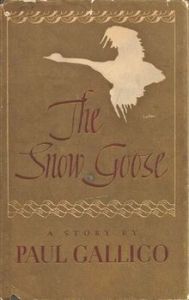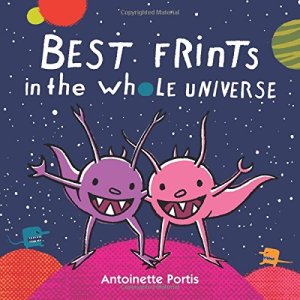For the past four years, poet Laura Shovan has hosted a February Poetry Project. What started as “a birthday project” has grown to include 54 poets committed (or challenging themselves) to write a poem a day. I submitted one poem in 2015, when Laura’s theme was Pantone paint colors. Last year’s theme was “found object” poems, and I contributed many poems, but did not succeed in writing every day.
This year’s theme is “10 Words Found in the News.” Laura’s goal is to “encourage everyone to look at that language as a poet. We can create found poems and word art to reflect what’s happening in our country and world.” The project officially begins on February 1st, but Laura and other poets have posted several “warm-ups,” pulling words found in articles related to current events. I have been looking at these words and have tried to engage with them in way that doesn’t drive me to despair. One of my biggest concerns about the current administration is their total disregard for the environment and action toward climate change, so I’ve decided the most meaningful way for me to participate in Laura’s challenge is to view the words through the lens of the natural world. This may not always be possible, but that’s my goal.
Here is my first effort in response to warm-up#1, using eight of the ten words Laura’s randomizer pulled from Trump’s inauguration speech. I also changed some tenses. (factories, behind, pleasant, interests, disagreements, fallen, starting, complaining, cash, stops)
News from the Natural World
A honey factory
clings to a branch
high in an ancient maple.
Starting at dawn,
when the first rays
of sun peek from
behind purple hills,
bees begin their ancient
dance anew.
They have no interest
in disagreements
rippling through the world;
cash and complaints
have no currency here.
Golden liquid
is their only care,
oozing, dripping, falling,
from waxy honeycombs,
free for the taking.
© Catherine Flynn, 2017
Thank you, Laura, for once again being so generous with your time and talents. Thank you also to Stacey, Dana, Betsy, Beth, Kathleen, Deb, Melanie, and Lisa for creating this community and providing this space for teachers and others to share their stories each Tuesday. Be sure to visit Two Writing Teachers to read more Slice of Life posts.



























